June gardening jobs: 10 tasks to keep your plot in shape
Our list of essential June gardening jobs will help you to maintain your garden's health and color
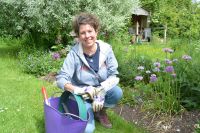
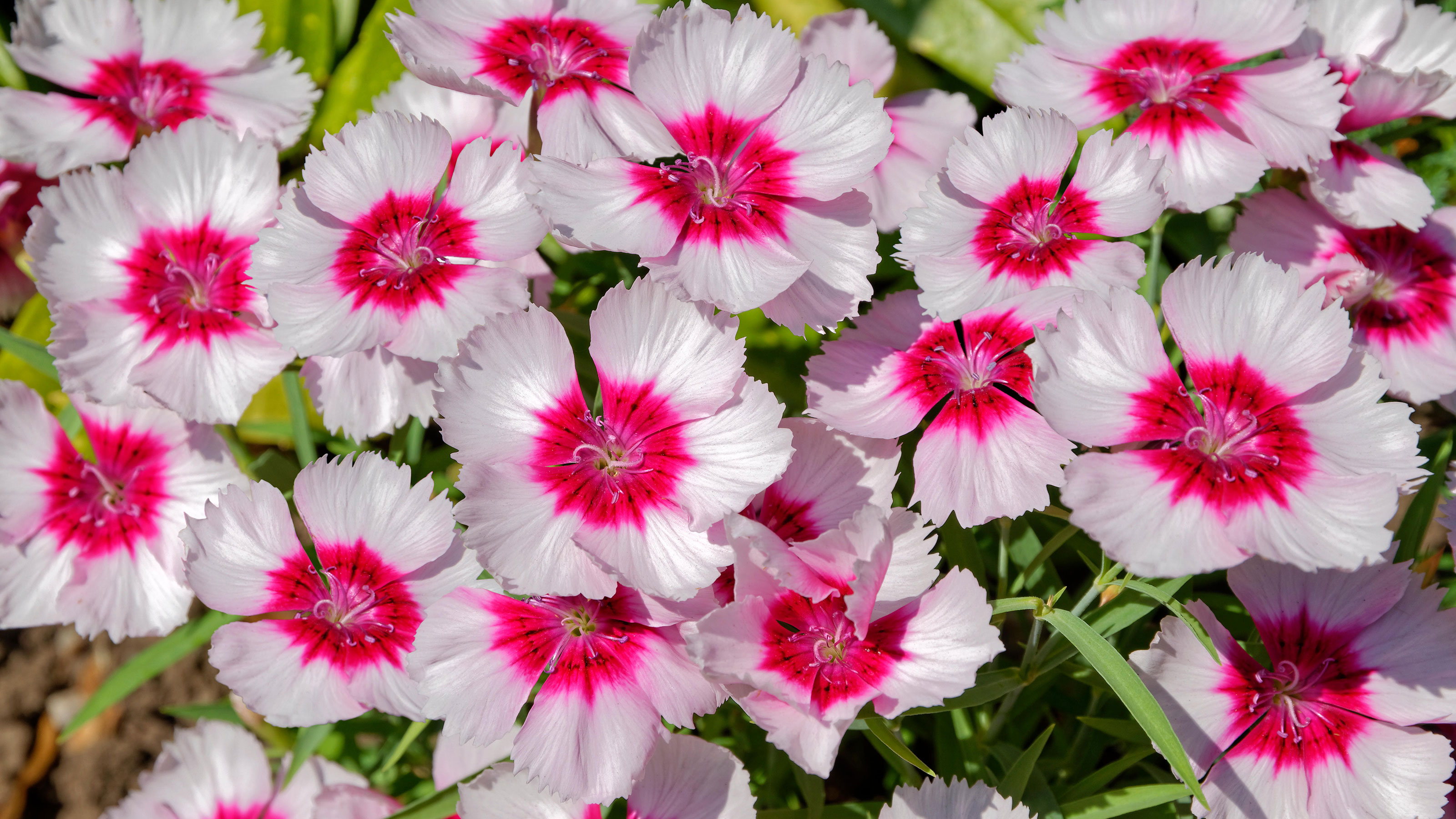
There's are plenty of June gardening jobs to complete, so it's just as well the longest day of the year falls this month, giving us extra time to get everything done.
From pruning to taking cuttings, looking after the greenhouse to keeping pests at bay, there is lots going on in the monthly gardening calendar in June.
All these important tasks are as well as, not instead of, the routine maintenance – the weeding, feeding, pest control and watering – that we must try and keep on top of by doing a little bit every day.
Keep your garden tip-top with our June gardening jobs
The best thing about gardening in June is that the days are longer and the temperature – hopefully – warmer.
So there is no need to cram everything into a few rushed hours, but enough time to sit back afterwards in the warm evening air, maybe on the Solstice, and count your blessings while enjoying surveying the fruits of your labors.
1. Prune shrubs that flower in early summer
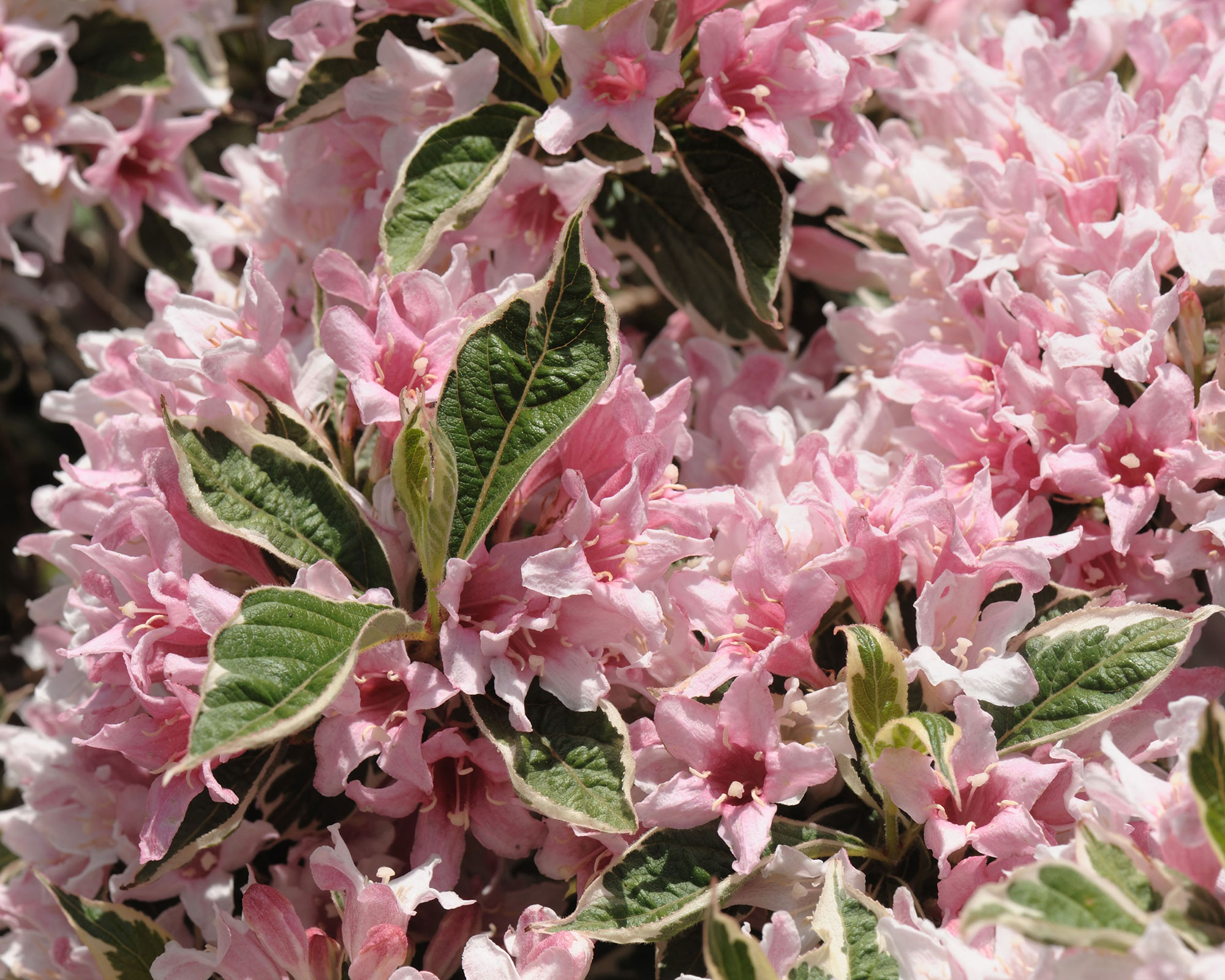
Among the key June gardening jobs should be pruning shrubs that flower, or finish flowering, early in the summer.
These include Coronilla, Weigela and Philadelphus, though you may need to leave the latter two until July if flowering is delayed by adverse weather.
If you stick to an annual pruning regime, the job will be fairly easy to do – and if you are unsure how to go about it, check out our comprehensive guide to pruning shrubs.
Once you have removed any stems that are dead, damaged or show signs of disease, reduce flowered stems back to a healthy, outward facing bud.

Plants that have been left for a few years will probably have grown unruly and out of shape and their flowering may have decreased over the seasons. Here you have two choices:
- Hard pruning, which will result in no blooms for a couple of years as the plant recovers.
- Gradual pruning over three years, taking a third each year and leaving the rest to continue growing. This allows you to shape the tree as you go and means you won’t be bereft of blossom.
Top tip: Water after pruning and mulch around the root areas with well-rotted compost or farmyard manure.
2. Protect brassica crops from pests
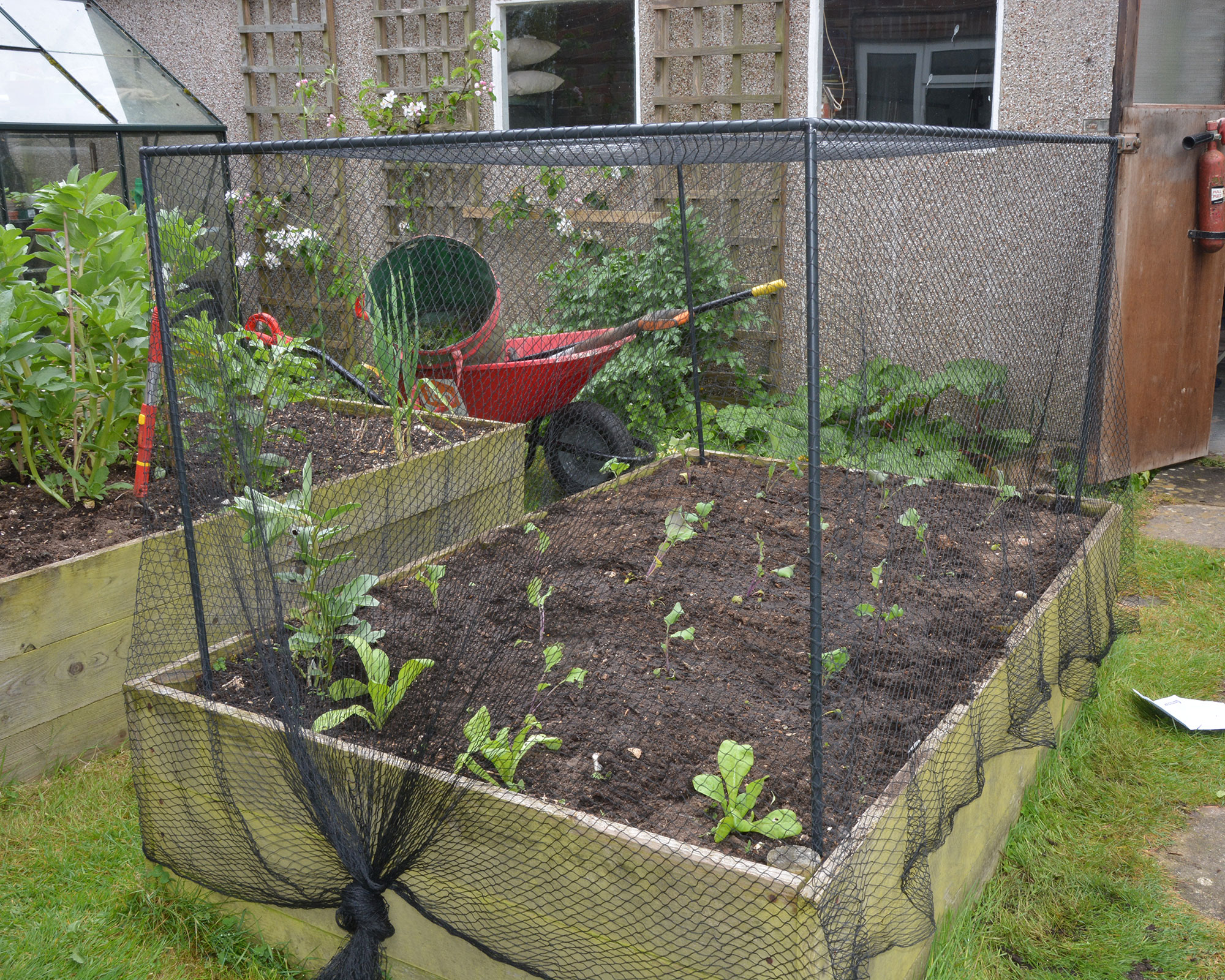
The brassica family is large and tasty (think cabbages, Brussels sprouts, broccoli, cauliflower etc) but also vulnerable to attacks by many pests.
Pigeons rip the leaves to shreds and the caterpillars on large and small cabbage white butterflies quickly decimate even the sturdiest plants.
The easiest and most efficient way to do this is to drape netting over your cropping area. It will keep out the pigeons and butterflies, but allow you access to weed and water, and also to deal with how to get rid of aphids.
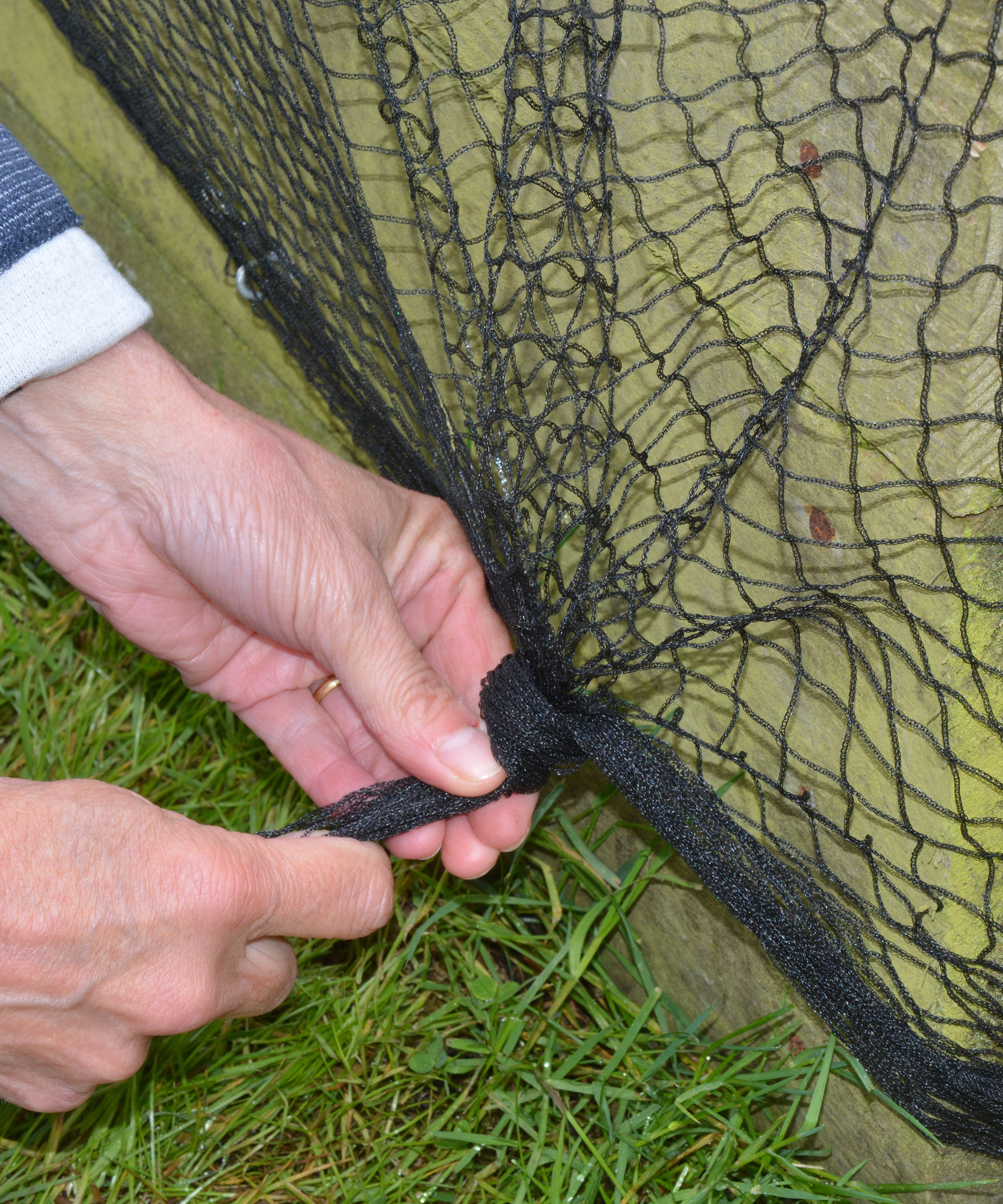
There are many nets on the market, but Agriframes do an easy-to-assemble one that can be ordered to fit the size of your beds.
Top tip: Always make sure netting is kept taut and any loose ends tidied away to protect wild birds and animals and prevent them becoming trapped in its folds.
3. Keep your greenhouse healthy
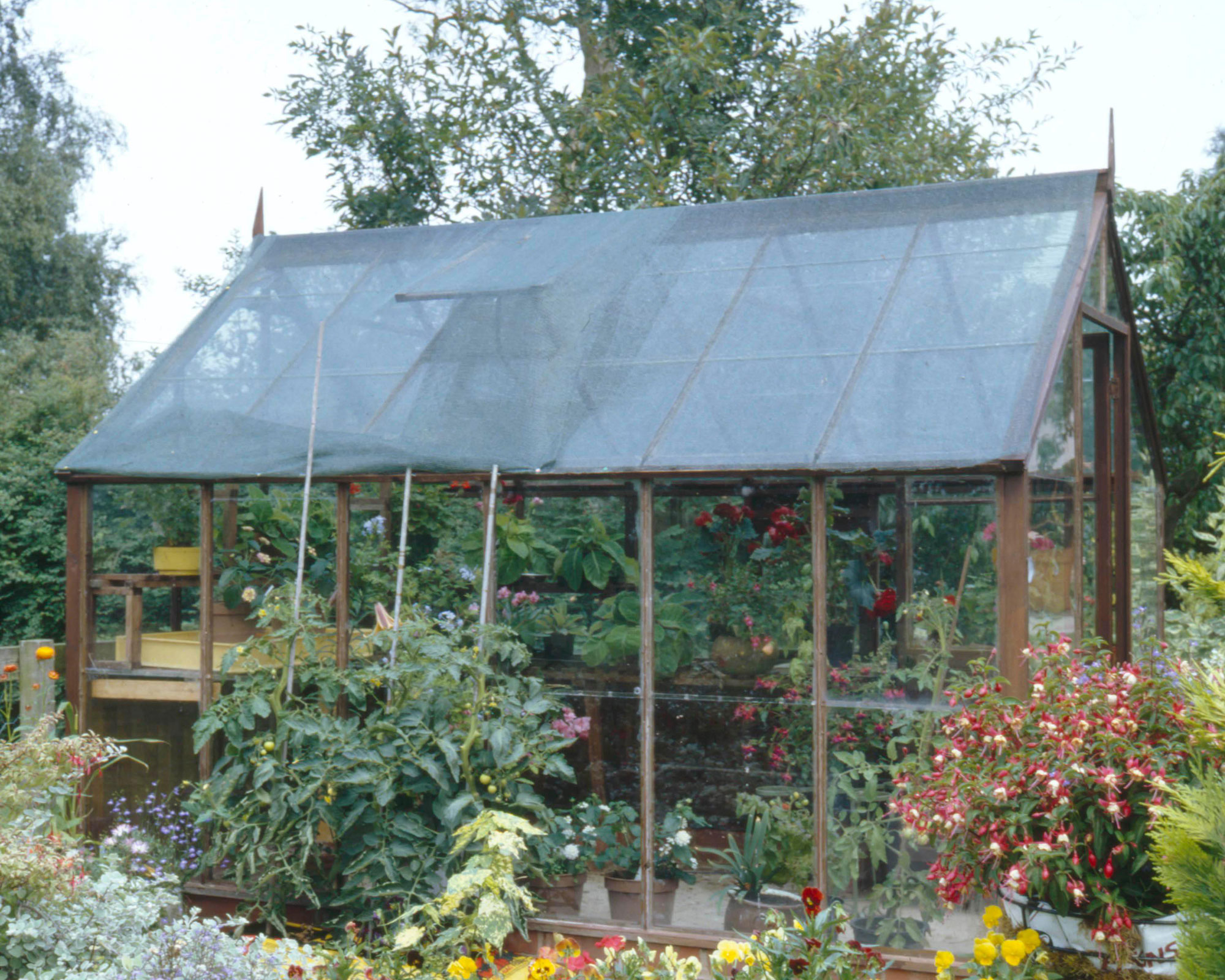
If you've already decided what to plant in a greenhouse this summer, you'll know what an important garden accessory it is, so a vital June gardening job is making sure the plants inside your greenhouses are properly nurtured.
Too much heat and they will scorch, let them dry out and they can fall prey to glasshouse spider mites, get them too wet and they are at risk from rot.
So how do you keep your greenhouse healthy? You can control the heat within by improving ventilation with open doors and windows, shading the structure with sunblocking netting - available from Amazon – or brushing washable shading paint, also from Amazon, onto the panes to dilute the sunshine.
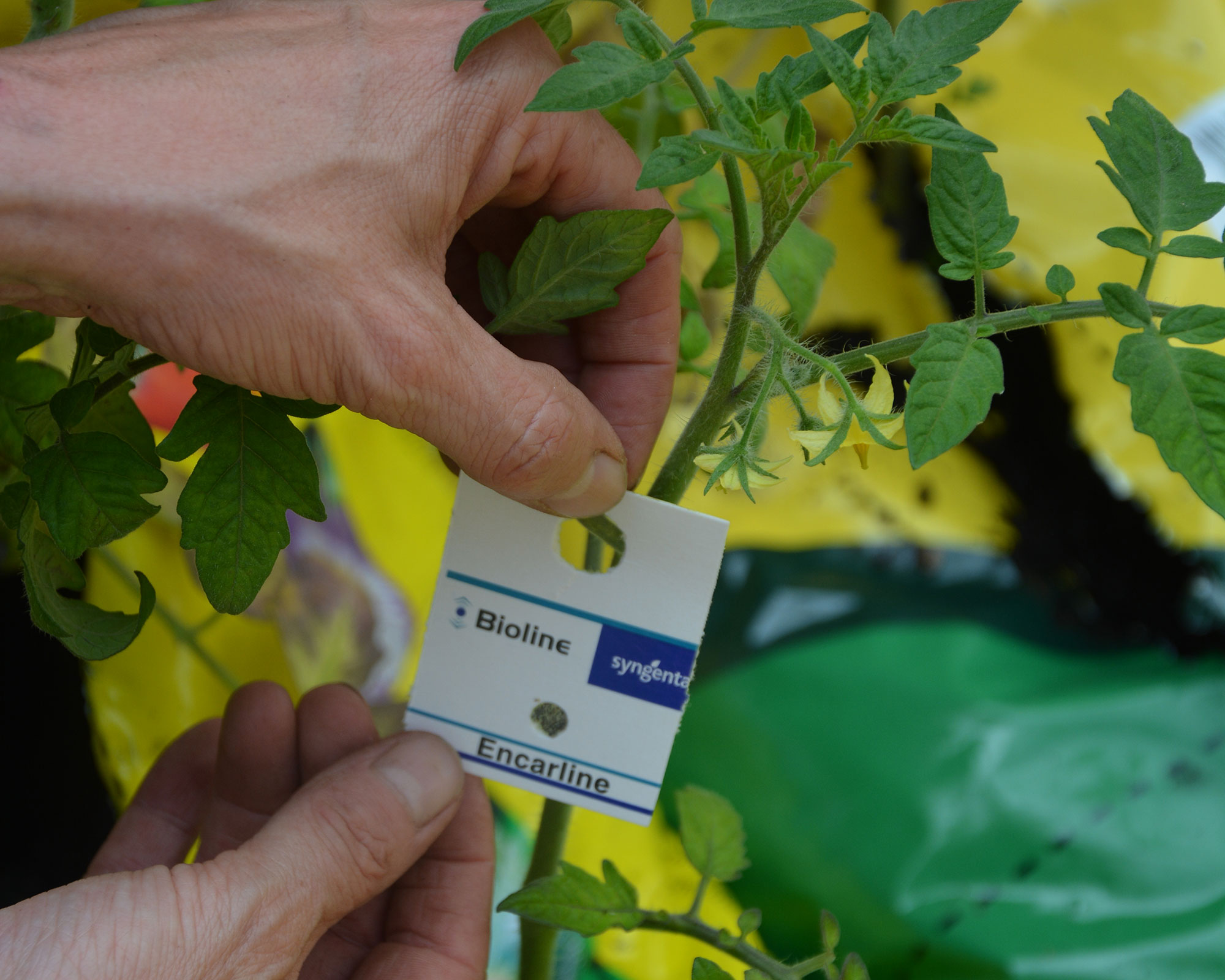
Damping down the floor with water in the morning also helps reduce the temperature and raise humidity, which keeps glasshouse red spider mites at bay. These sap-sucking pests can spread disease and weaken plants, but they hate having ‘wet feet’, so keeping compost damp and the air slightly humid helps deter them.
Tackle greenhouse pests by using biological controls – predatory insects that eat unwanted visitors. The tiny wasp Encarsia formosa, available at Amazon, will deal with tomato whitefly, while you can also buy predatory mites from Amazon that eat glasshouse spider mites.
Top tip: Tomato moth caterpillars are easy to spot as they are large and leave trails of droppings in their wake. Pick them off and add them to the bird table.
4. Thin overloaded fruit tree branches
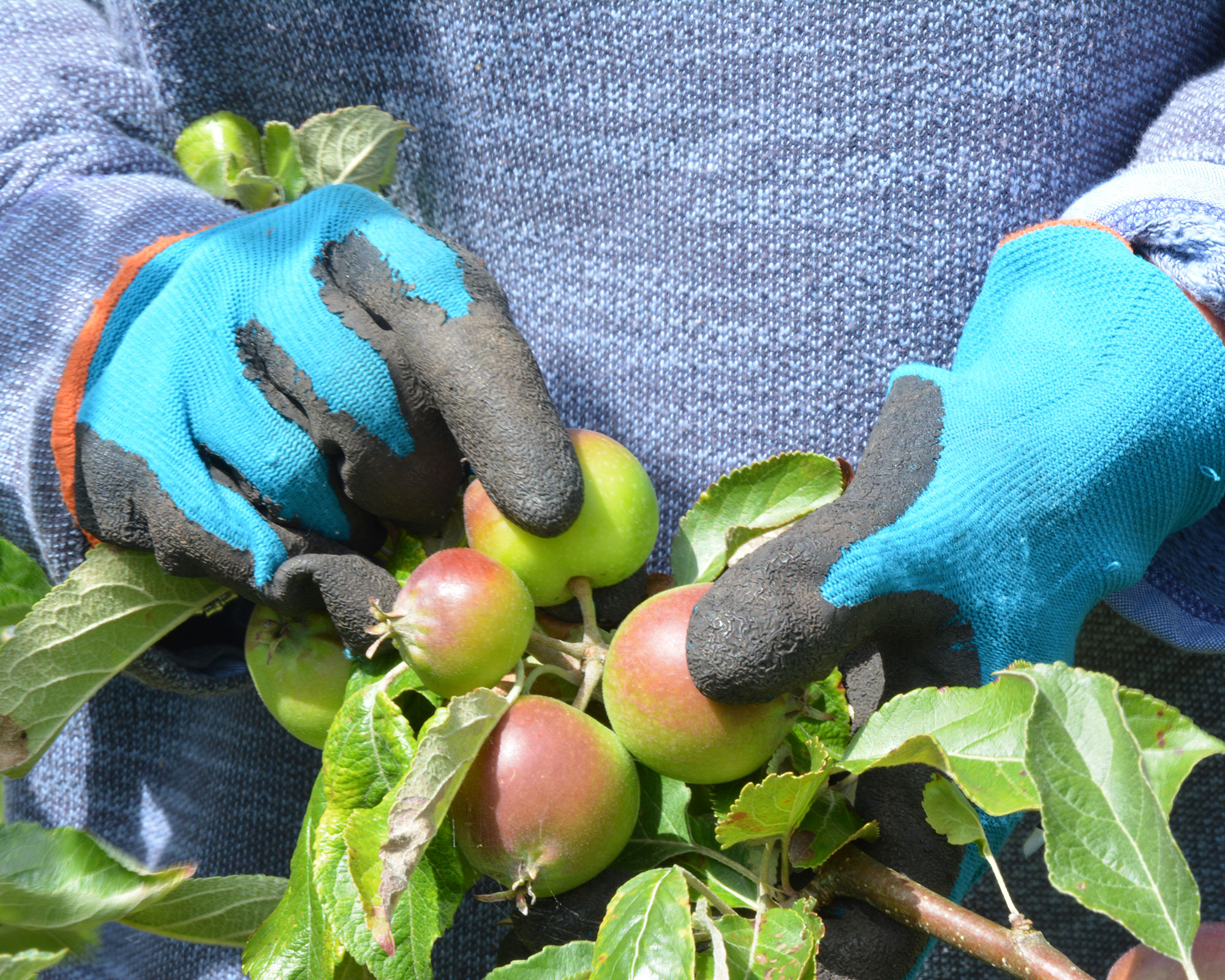
Are your fruit trees full of little fruits? It’s exciting if they are – but don’t be alarmed if they start to shed a few.
This is a phenomenon called ‘the June drop’ and it’s simply nature’s way of getting rid of excess fruits to stop the boughs from snapping under the weight and give the remainder all they need to produce a fantastic crop.
Once this has finished, towards the end of the month, we can thin the fruit further still, by hand.
Thinning varies according to the fruit, but the below is a general guide:
- Plums are particularly prone to overcropping and heavy branches may need additional support. Leave one from every 2-3in (5-8cm) or a pair of fruits every 6in (15cm).
- Pears often need it less and clusters can be reduced to two fruits 4-6in (10-15cm) apart.
- Cooking apples are thinned to one fruit every 6-9in (15-23cm), dessert apples to one every 4-6in (10-15cm)
- Thin peaches to one every 4in (10cm) when they are hazelnut-sized, then one every 8-10in (20-25cm) when walnut-sized.
- Thin nectarines to one every 6in (15cm).
Top tip: If you leave the trees with too many fruits in place they may only crop every other year, or even one year in every three.
5. Cut back early-flowering perennials
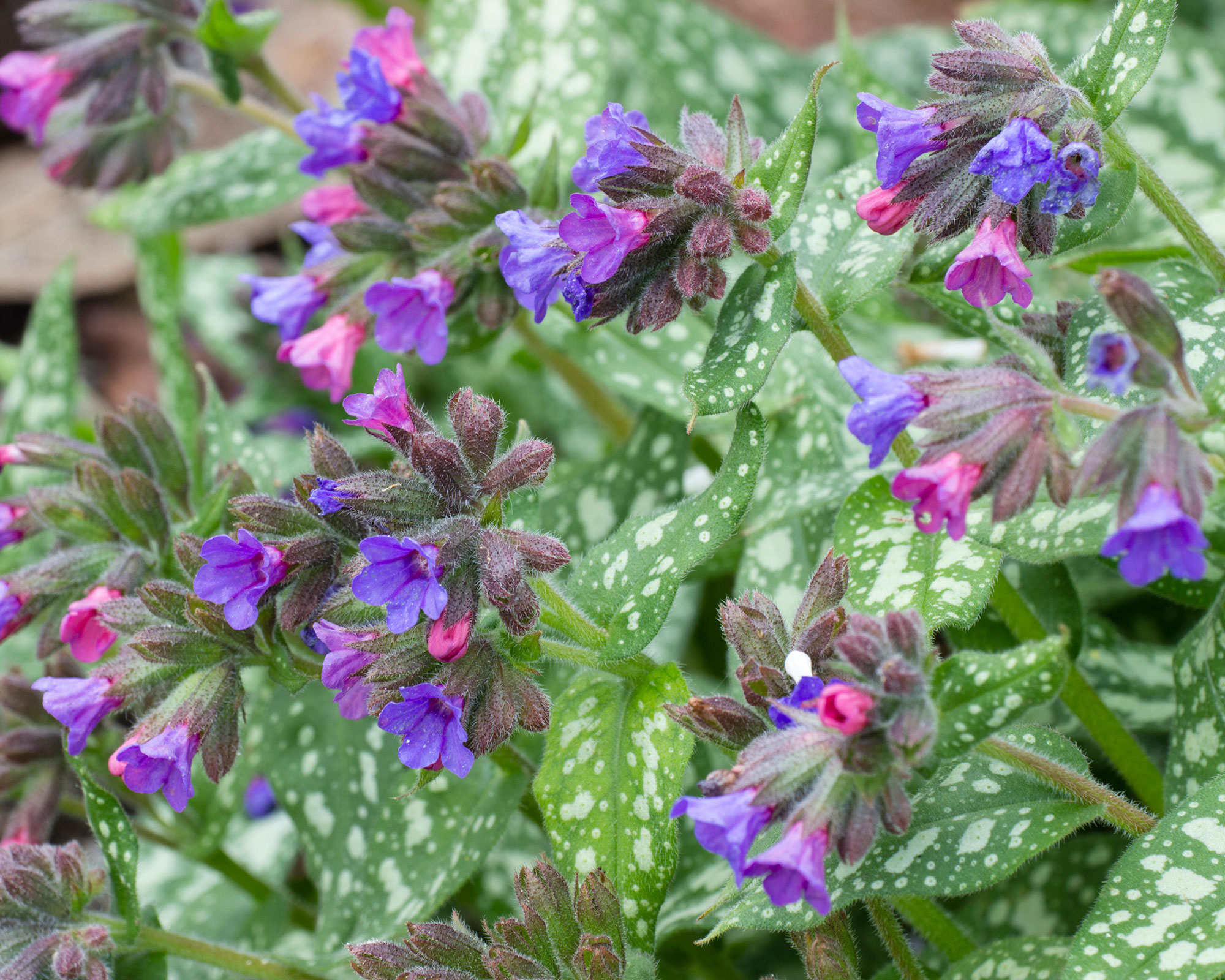
Early perennials such as pulmonaria and knapweed are the harbingers of better weather and help lift the spirits. But now their flowers have faded and the old stems and leaves are starting to flop outwards, looking straggly and unkempt so one of your June gardening jobs should be to get them back into shape.
All you need to do is grab your secateurs and remove faded flower stems and any leaves that are starting to look tatty. Then feed with a granular fertilizer and water well. They will soon return to the neat clumps they were originally and may even reward you with a second flush of flowers.
Check around the parent plants for any self-rooted seedlings that can be dug up and either potted up in compost or moved to another area of the garden.
They will soon bed down, grow and flower – the pulmonaria next spring and, if I’m lucky, the knapweed will put on a show later this summer.
Top tip: Pulmonaria can be prone to powdery mildew that shows as white dust on the surface of the leaves. Remove the worst affected foliage and bin it rather than composting it, then feed and water your plant as normal.
6. Make more plants for free
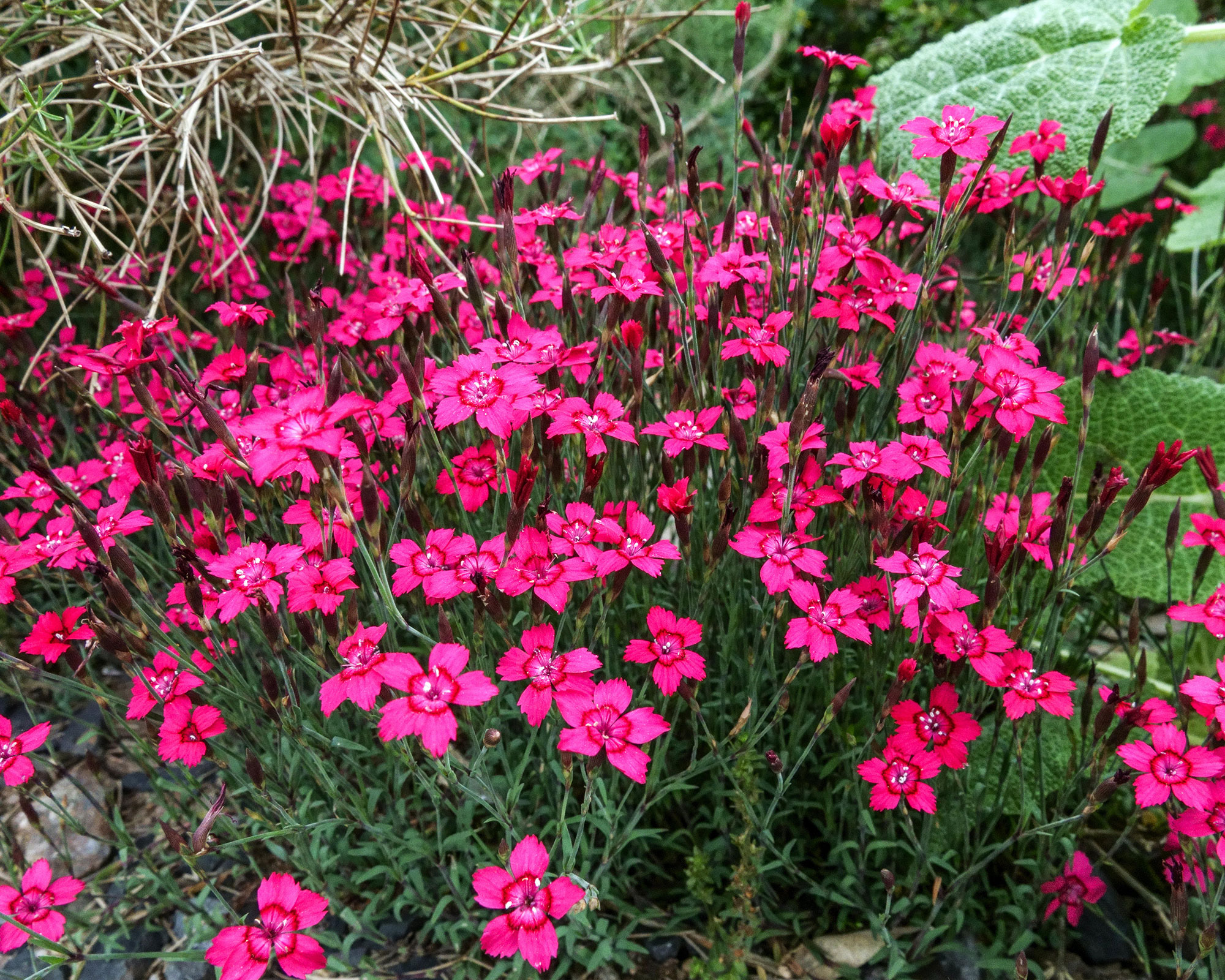
Perennials are in full growth now so it is the perfect time to make more by learning how to take cuttings from plants. The many varieties of the Dianthus family (pinks, carnations and sweet Williams) are some of the easiest to propagate via this method.
Dianthus are a delight for any garden, and as our guide to the best varieties of garden pinks illustrates, there are so many to choose from.
They can, however, become rather overgrown and straggly, so taking cuttings now means you should have some healthy young plants next summer to replace any older, worn out ones.
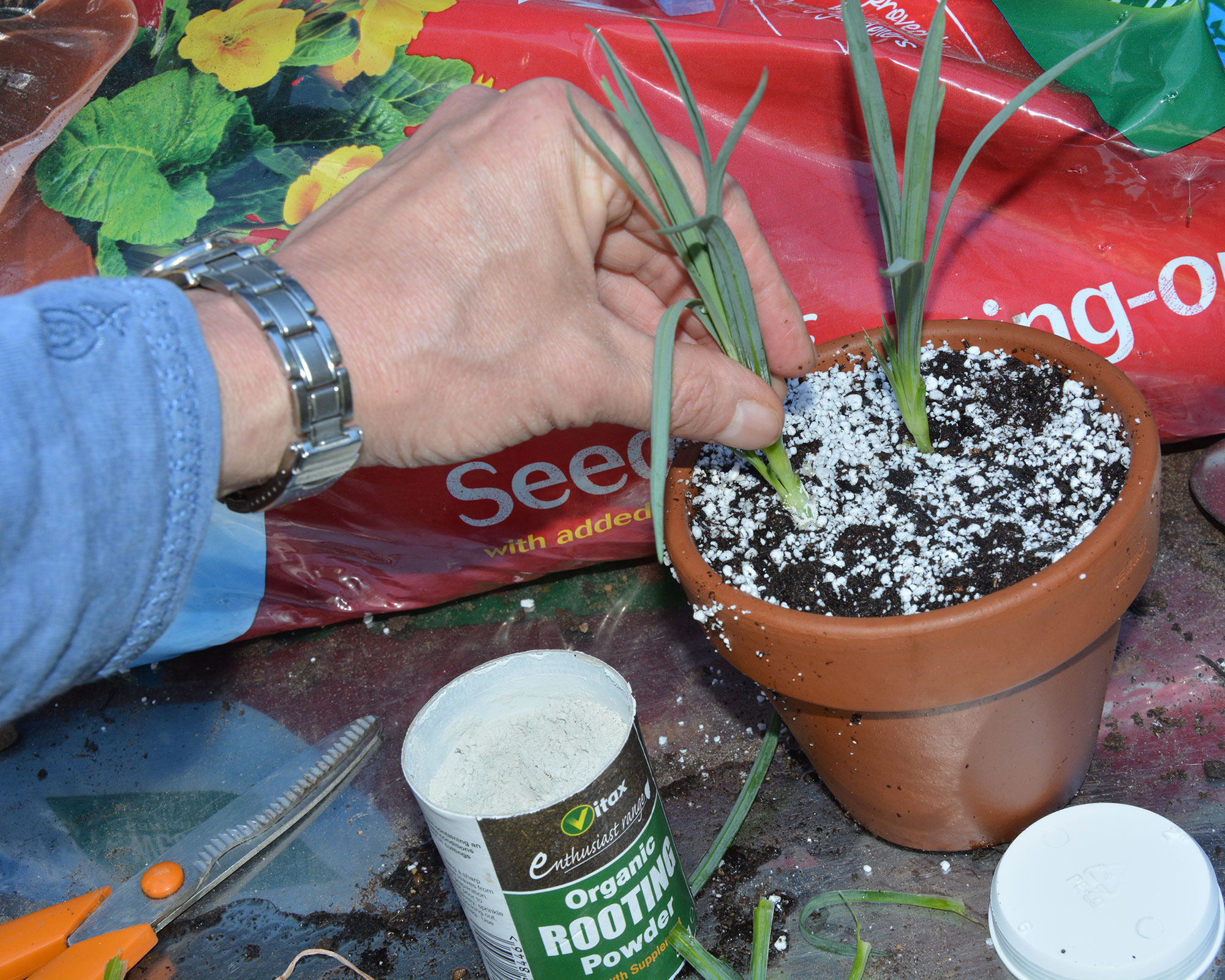
Where possible, take cuttings on a day that is still and slightly overcast, to reduce the risk of cut plant material drying out.
- Choose healthy pieces of non-flowering growth, around 4in (10cm) long and cut them off using clean, sharp secateurs.
- Strip away the lowest leaves so the bottom couple of inches of the cutting stem is bare of foliage.
- Insert the cut end into hormone rooting powder or gel, which will encourage the development of strong roots.
- Place the cuttings around the edge of a pot of dampened cuttings compost mixed with grit or perlite.
- Seal the pot in a clear plastic bag held away from the plant material by sticks, and place somewhere light and warm. Once the cuttings root and grow you can remove the covering and grow them on. Keep compost damp
Top tip: If there is a gap between taking your cuttings and potting them up, place them in the fridge in a plastic bag. This keeps them cool and stops them drying out.
7. Feed plants in containers, hanging baskets and growbags

So, you have dreamed up your summer container ideas, planted them successfully and they are growing fantastically, but how do you keep them flowering beautifully throughout the summer?
Similarly, if you're learning how to grow tomatoes, how do you keep them and other growbag crops healthy over the coming weeks?
The likelihood is that you will have planted them up 4-6 weeks ago, which means they will have depleted the fertilizer that comes ready added to container and growbag growing media.
To promote and prolong good flowering and generous cropping, add liquid tomato fertilizer (available from Amazon) to your watering can and apply every 10-14 days as part of your June gardening jobs.
Consistent watering and not letting the compost dry out helps the uptake of nutrients in fertilizers, and deadheading ornamental plants regularly will encourage them to produce more flower buds.
Top tip: Peat-free compost can look dry on the surface but still retain water lower down, which means gardeners potentially risk 'drowning' their plants by overwatering. Check whether they need watering by sticking a finger in, up to your first knuckle. If the pot feels dry, water it, otherwise test again the following day.
8. Start your summertime rose-care regime
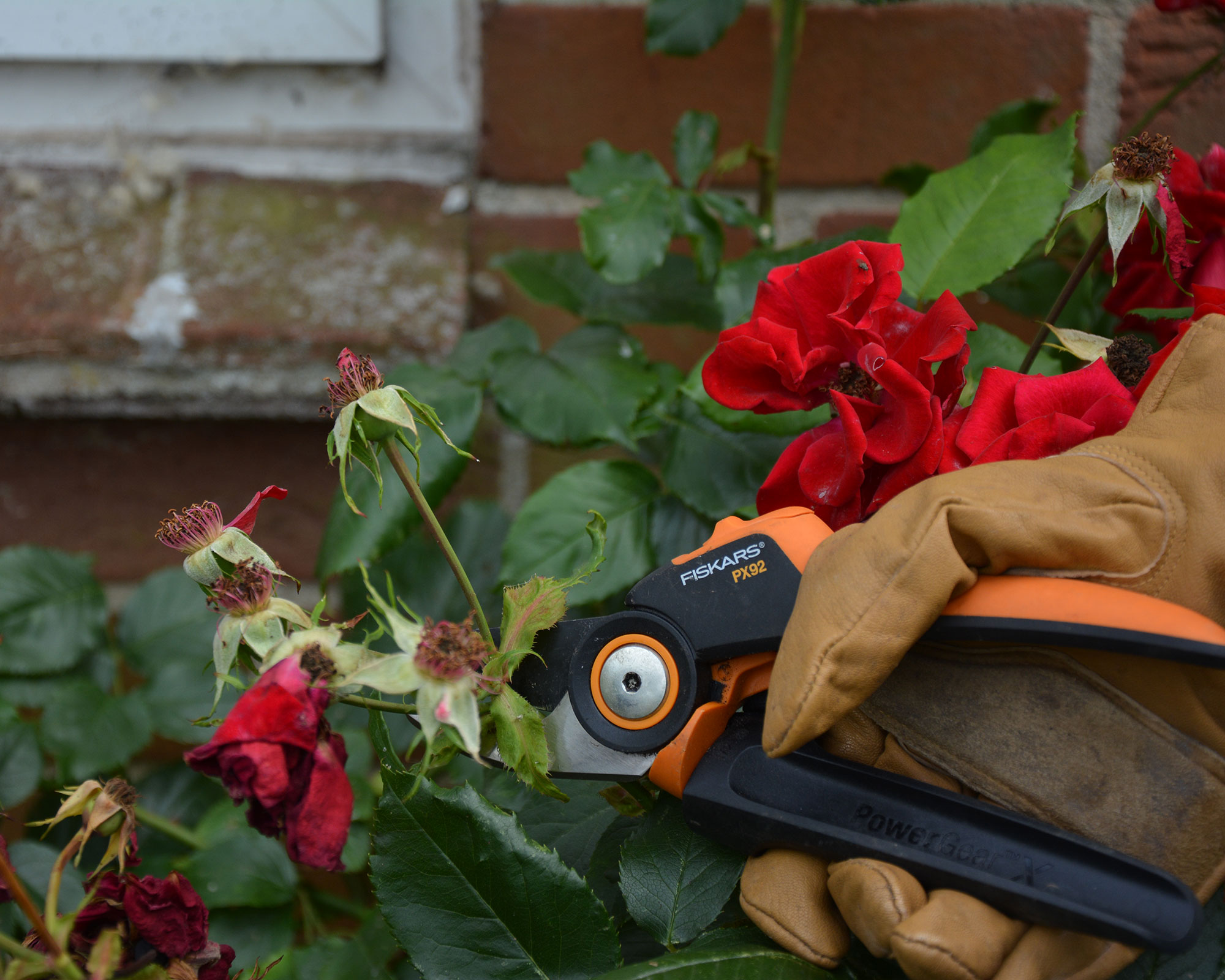
Roses will have had their first flush of flowers and now most will need deadheading and feeding in order to promote more flowers through the summer and into winter. The exception to this rule are rambling varieties that only flower once in the year and require pruning when this has completely furnished, usually later in the summer.
To deadhead roses, simply snip off the spent flowerhead and a couple of inches of stem and feed the plant with a multipurpose fertilizer such as Growmore or Vitax Q10, forking it in and watering well.

If you spot signs of black spot on the leaves of your roses, spray with a fungicide such as Provanto Fungus Fighter (buy at Amazon), or remove and dispose of the material. Don’t compost it.
One of your other June gardening jobs should be to tie in side shoots of rambling and climbing roses to encourage them to produce more flowers.
Top tip: Although we deadhead roses in summer to allow further blooms, leave spent flowers in autumn to create bright hips for winter color.
9. Keep turning compost to create a good mix

Compost heaps will be filling up with weeds and grass trimmings and removed winter bedding, so keep forking it over to create a healthy mix of materials.
Too much of one material, such as grass, can turn the heap into a smelly, slimy mess, so regular turning helps combat this.
You also need to stop the compost heap drying out, as this will slow down or even stop decomposition, so adding water during very dry spells avoids this.
A good way of helping the composting process is to cover the heap with wood or old carpet to keep the heat in. Remove this when rain is forecast, covering it up again afterwards.
Top tip: Adding ash to compost heaps raises its levels of potassium, but make sure it has completely cooled down first. You can add BBQ ash as long as it doesn’t contain any food remnants or fat.
10. Pinch out and deadhead plants
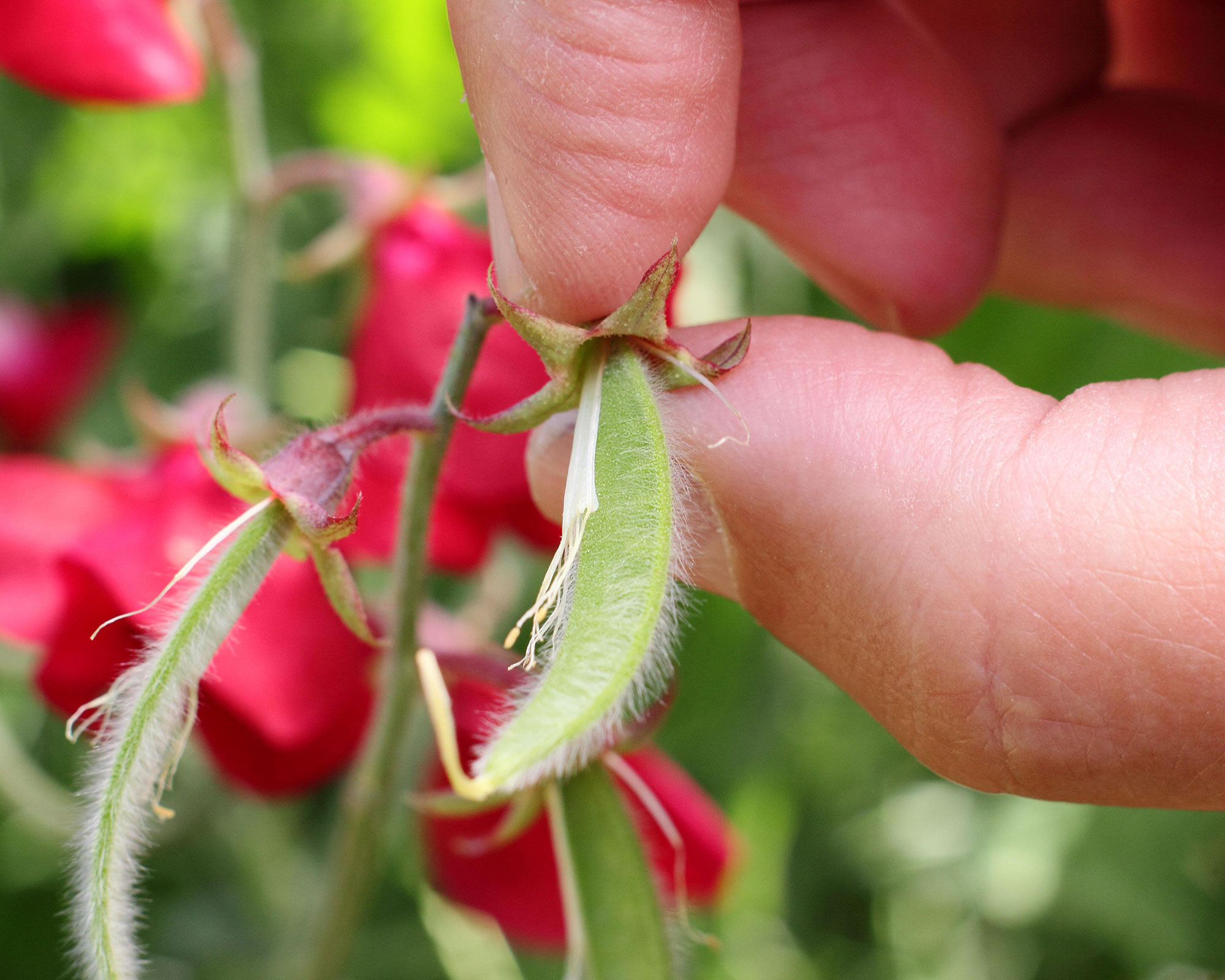
Continue to pinch out the top shoots of fuchsias and pelargoniums to encourage them to grow bushier and produce more flowers.
And when it comes to how to grow sweet peas, one critical thing to remember is they need deadheading as soon as the petals fall, otherwise plants will stop flowering and concentrate on producing seed pods instead.
Spring bedding will have had its day now, so remove it and feed the soil to enrich it before planting anything in the resulting gaps.
Top tip: Cutting flowers for indoor arrangements will prompt your cutting garden flowers to throw out more buds, so keep cutting them and look forward to a prolific and floral summer.

Ruth is the gardening editor of Amateur Gardening magazine and spends her working days carrying out, writing about and photographing the tasks the readers should be carrying out each week, as well as testing many of the new products that arrive on the gardening market. She is horticulturally trained, with a qualification from the Royal Horticultural Society.
